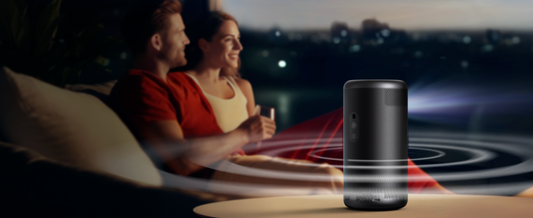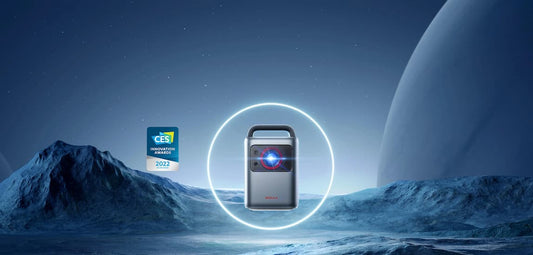Buying Guide

Best Projector Under $300: Top Pick this 2025
Searching for a budget-friendly, high-quality projector for your home theater or presentation needs? Look no further, we've got you covered! In this guide, we've rounded up the top picks for...
Best Projector Under $300: Top Pick this 2025
Searching for a budget-friendly, high-quality projector for your home theater or presentation needs? Look no further, we've got you covered! In this guide, we've rounded up the top picks for...

Different Types of Projectors for Your Needs
In today's digital age, projectors have evolved far beyond their initial classroom and boardroom domains. Whether you're setting up a home theater, conducting business presentations, or venturing into creative projects,...
Different Types of Projectors for Your Needs
In today's digital age, projectors have evolved far beyond their initial classroom and boardroom domains. Whether you're setting up a home theater, conducting business presentations, or venturing into creative projects,...

How Many Watts Does a Projector Use? (Full Expl...
Projectors have become a staple in many settings, casting images in everything from home cinemas to boardrooms. But beneath the bright displays lies an important question: How much power do...
How Many Watts Does a Projector Use? (Full Expl...
Projectors have become a staple in many settings, casting images in everything from home cinemas to boardrooms. But beneath the bright displays lies an important question: How much power do...

Crafting Your Ideal Projector Stand DIY: Your C...
Are you looking to enhance your home theater experience without breaking the bank? Building your own projector stand can be a fun and rewarding DIY project that not only saves...
Crafting Your Ideal Projector Stand DIY: Your C...
Are you looking to enhance your home theater experience without breaking the bank? Building your own projector stand can be a fun and rewarding DIY project that not only saves...

Latest 3rd Generation Laser Technology: Choice ...
The uses of laser technology is one of the biggest innovations in the projector industry. As the light produced by laser diodes naturally has a longer and more steady brightness...
Latest 3rd Generation Laser Technology: Choice ...
The uses of laser technology is one of the biggest innovations in the projector industry. As the light produced by laser diodes naturally has a longer and more steady brightness...

How Long Do Projector Bulbs Last - A Comprehens...
Projector bulbs, the key component of a projector, often become a subject of curiosity in terms of their durability. How long do projector bulbs last? The lifespan of projector bulbs...
How Long Do Projector Bulbs Last - A Comprehens...
Projector bulbs, the key component of a projector, often become a subject of curiosity in terms of their durability. How long do projector bulbs last? The lifespan of projector bulbs...